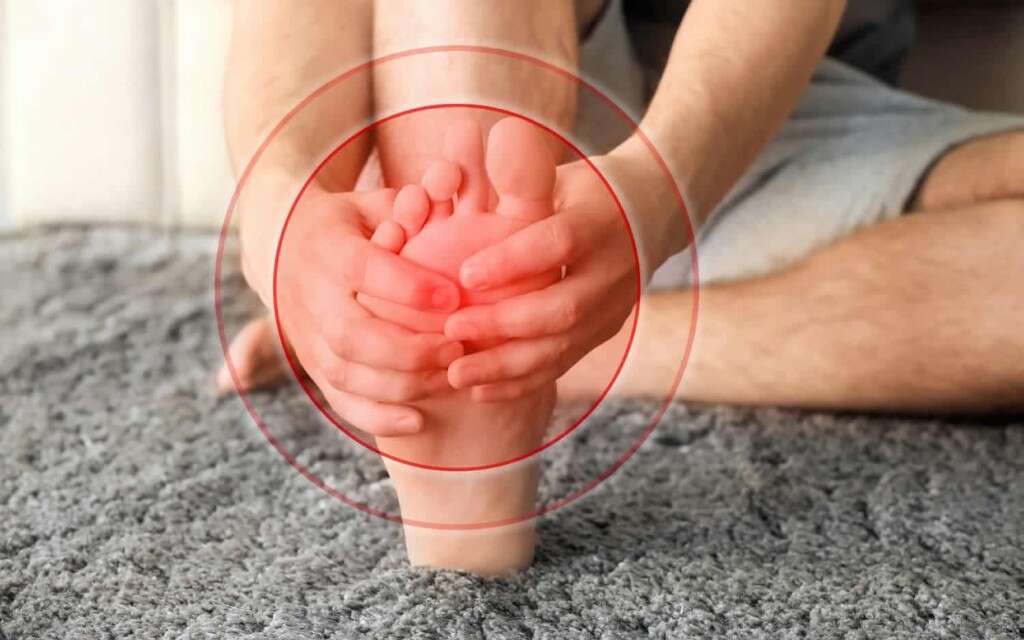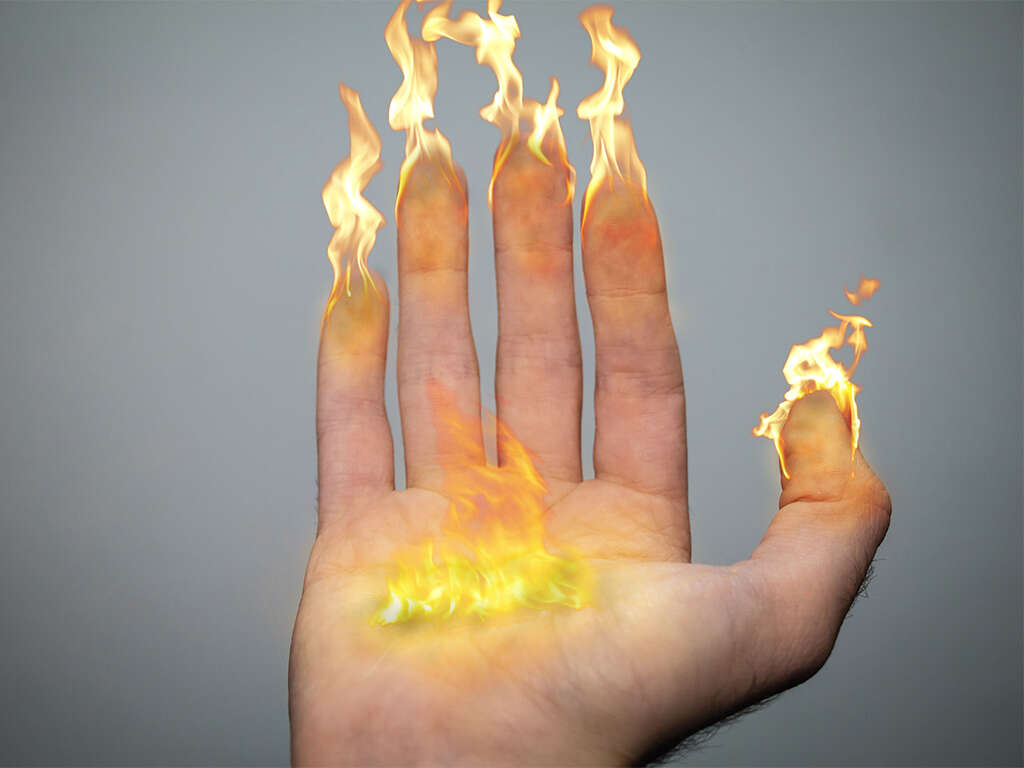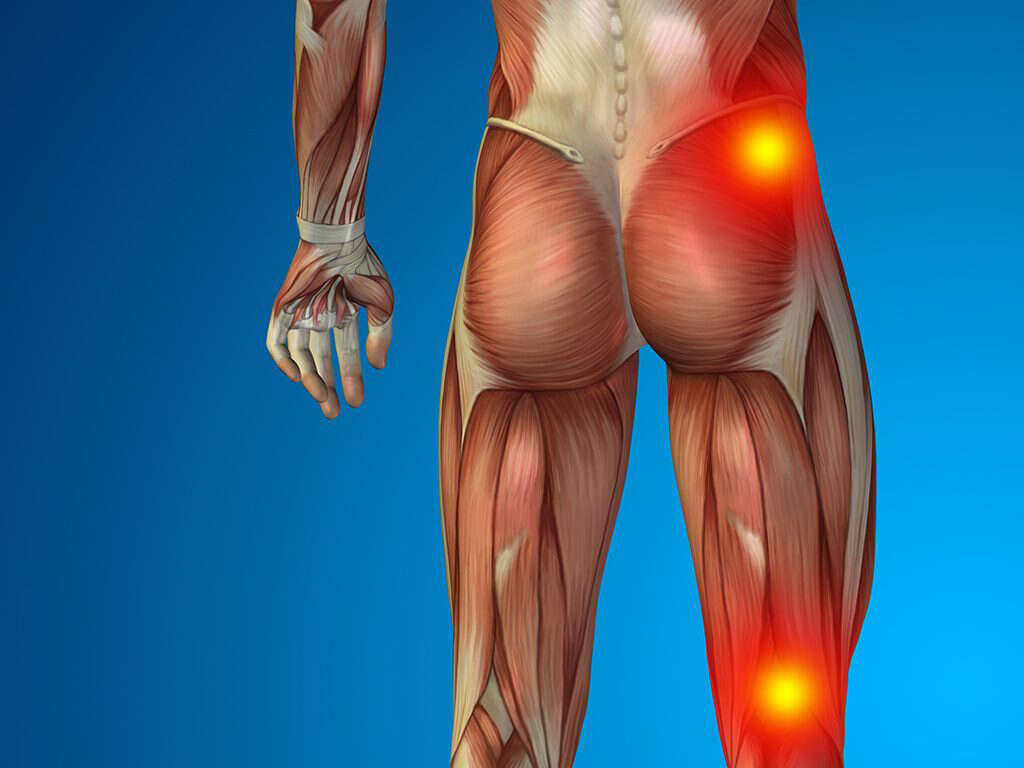10 Morton's Neuroma Symptoms
Morton’s neuroma is a specific type of neuroma, which is a term used to describe the thickening of nervous tissue. A neuroma can occur in many different areas of the body, and different types of neuroma have different names. Morton’s neuroma is a term used to describe the most commonly experienced type of neuroma found in the foot. Morton’s neuroma usually occurs between the third and fourth toe on the foot, and can also be referred to as an intermetatarsal neuroma. The term intermetatarsal refers to the location of the actual neuroma, which is found in the ball of the foot. The bones in this particular area of the foot are referred to as the metatarsals, and thus an intermetatarsal neuroma is one that occurs between these particular bones. Neuromas may occur in other parts of the foot but Morton’s neuroma generally only occurs in this particular area.
Neuromas are known to cause a number of symptoms, and while they are not generally fatal, they can lead to serious and potentially permanent nerve damage. This is the result of the nerve becoming thicker, which thus compresses the nerve. This can inhibit its function and lead to physical symptoms such as irritation.
Morton’s neuroma can be caused by a number of things. Anything that frequently compresses or irritates a nerve can contribute to the eventual emergence of a neuroma. The most common causes are shoes that have a tight toe, or wearing high-heeled shoes. Both of these types of shoes, in addition to being uncomfortable, can lead to the development of a Morton’s neuroma. People with other foot problems, such as bunions and hammertoes, are more likely to develop Morton’s neuroma, as are people with highly flexible or inflexible feet. People who are frequently engaged in sports or outdoor running are also more likely to develop the condition. If you’re worried about whether or not you have a Morton’s neuroma, reading this list of symptoms can help you decide. Afterward, you should know whether or not it’s necessary to seek further medical treatment.

Symptom #1: Tingling
One of the most common problems associated with nerve-related problems is a tingling sensation, and people struggling with a Morton’s neuroma are no exception. Naturally, the tingling would most often be felt in the area that the neuroma is found, in the foot.

Symptom #2: Burning
Another sensation that is quite common among people struggling with various nerve disorders is a burning sensation.
Just as with tingling, the patient will experience burning in the foot where the neuroma has developed.

Symptom #3: Pain
One of the most common and debilitating symptoms of a nerve problem is the pain that they cause. Nerve pain, also known as neuropathic pain, can be very difficult to deal with and is often more troublesome than regular pain because it does not respond as well to typical painkiller medication.
Pain can strike anywhere along the nerve line distal to the neuroma, and can strike suddenly. The pain can also linger, but it’s not uncommon for patients to experience spontaneous, sharp, or stabbing pains.

Symptom #4: Numbness
Patients who have developed a Morton’s neuroma often experience a degree of numbness in the foot.
Numbness is another problem that is relatively common in regards to nervous issues.

Symptom #5: Feeling Something in the Ball of the Foot
Another problem that’s associated with Morton’s neuroma is the sensation that there is actually something present in the ball of the foot.
This sensation can be uncomfortable and disorienting, especially when the patient removes their shoes and socks only to find that there is nothing there. The sensation of having something stuck in your foot, but being unable to remove it, is unpleasant.

Symptom #6: Relief from Massage
One thing that patients struggling with a Morton’s neuroma may notice is that they experience some degree of relief from getting or giving their feet a massage.
While this will not eliminate the neuroma, it can certainly help to eliminate some of the discomfort that comes along with feeling like something is trapped in your foot.

Symptom #7: Feeling Something in Your Shoe
This sensation is a bit different than feeling something actually lodged in your foot.
Many people with a neuroma feel that there is something like a rock or a pebble stuck in their shoe. This can lead to them frequently changing their shoes or shaking them out in an effort to get rid of what they feel is in there. This can be particularly aggravating for athletes or people who play professional sports.

Symptom #8: Feeling Socks Bunched Up
It’s not uncommon for people with a Morton’s neuroma to frequently take off their shoes and adjust their socks before being diagnosed with the problem.
This is because one of the most common sensations that people with a Morton’s neuroma experience is the sensation that their sock is bunched up or loose. Adjusting the sock doesn’t usually alleviate the discomfort and can lead to frustration.

Symptom #9: Gradual Development of Symptoms
The symptoms of a Morton’s neuroma tend to develop quite gradually. If you’re lucky enough to catch the problem before it becomes too serious, then you are lucky.
Many people only begin to notice symptoms when they are participating in activities that contribute to the condition. If you experience any of the above symptoms while wearing high-heeled or tight-toed shoes, for example, you will probably want to stop wearing these types of shoes before the neuroma becomes more serious and turns into a permanent problem.

Symptom #10: Symptoms Lasting for Weeks
If you have not caught your Morton’s neuroma during its early development, then it’s possible that you will begin to experience symptoms that persist for days or weeks.
The symptoms will continue even after removing your high-heeled shoes or abstaining from activities that led to the development of the neuroma.












